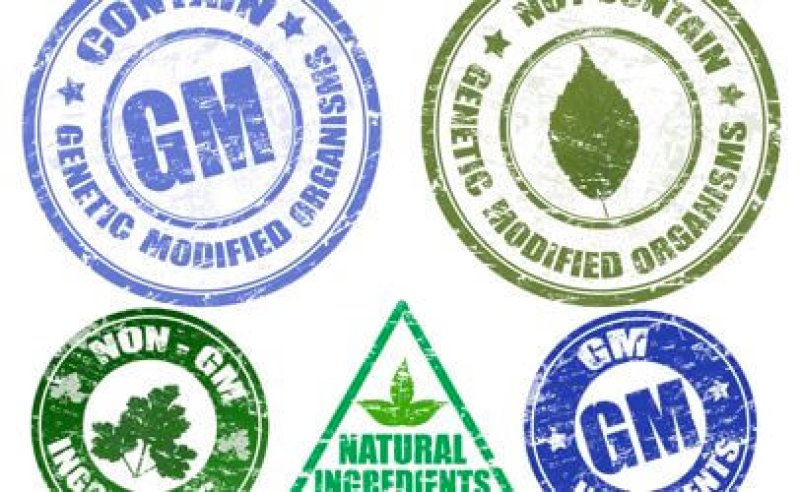Could the United States have nationwide GMO labeling after all? And why aren’t anti-GMO activists happy about the potential for a country-wide standard?
“Labeling” has been the clarion call to mobilize advocacy groups that have managed to place labeling initiatives on three state ballots (California, Washington and Oregon, where the measure lost by less than 900 votes in a recount), and have tried to introduce labeling laws on a local and federal level. Most pro-labeling initiative supporters appeared to be interested in posting a prominent “warning” type of label, instead of an insert in a food’s list of ingredients, which is the type of label used most commonly in Europe and elsewhere around the world. Industry representatives, many farmers, scientists and many independent minders consumers felt that an implied warning label had more to do with peddling fear and promoting organic foods than with dressing the public’s “right to know.”
So, when a Republican Congressman from Kansas introduced a bill last year proposing voluntary GMO labeling, it was the anti-GMO activists who swung into action, accusing “Big Food” of influencing Congress to loosen state and local labeling laws. The bill, H.R. 4432, went quietly into committee, where it has remained ever since.
But the languishing bill is unexpectedly getting support from a surprising area: growers, who are increasingly frustrated with a patchwork of different labeling rules that they fear could emerge in different parts of the country.
If passed, the bill would supersede any state and local labeling efforts with a national labeling law, regulated and enforced by the U.S. Food and Drug Administration. If passed as is, any food that contains a genetically modified element would have to be reviewed by the FDA. The manufacturer would have to submit a pre-market notification to the FDA, as well as safety data, through the agency’s existing voluntary consultation process for biotech foods.
Anti-GMO groups almost habitually seize on the word “voluntary,” implying that growers and manufacturers wouldn’t have to comply with any new safety or labeling requirements. Although companies currently do not have to submit safety data to the FDA on foods that include genetically modified ingredients, that supposed “gap” in regulations is more technical than real; no company has dared not submit safety data to the FDA.
The bill would mark the first time GMO labeling was regulated on the federal level. It would require labeling only if the FDA found “a material difference between a food produced from, containing, or consisting of a bioengineered organism and its comparable marketed food and that disclosure of such difference is necessary to protect health and safety.” Using genetic modification techniques would not itself justify a label.
So, where do growers come down on this issue? Most growers and manufacturers have been opposed to labeling on the grounds that there is no scientific basis for safety concerns, and labeling might fan unnecessary fears about GM crops and food.
There is some discussion that the failed attempts at passing statewide ballot initiatives as well as the flurry of bills introduced in various states and in Congress may provide impetus for a compromise of sorts between growers, manufacturers and the less radical groups who support GMO labeling. Better a law you don’t like but can live with, than no law or chaos.
Groups such as the Wisconsin Corn Growers Association have taken up the banner in favor of H.R. 4432. And the North Dakota state senate recently urged that Congress take up the bill and pass it. The Wisconsin Corn Growers stated they’re in favor of an overall federal standard, so farmers and manufacturers won’t have to confront a wide variety of local regulations.
Supporters of the legislation said the bill also could open the door to more dialogue between scientists, growers and the public on the safety, usability and ethical issues surrounding genetic modification of crops and livestock. Which could be a good thing, or not so good if the rancorous divide that now dominates the public discussion deepens.
Meanwhile, the American Soybean Association also has weighed in on the bill, urging its passage in the wake of two failed GMO labeling ballot initiatives in Colorado and Oregon. The group, representing farmers handling the nation’s second-largest food commodity, which is nearly entirely genetically modified in the United States, warned against further statewide and local initiatives that could complicate growing and distribution.
In North Dakota, the state Senate Agricultural Committee passed a resolution last month urging Congress to pass H.R. 4432. The lawmakers also recommended a new nationwide standard for reviewing and labeling genetically modified food.
Whether this recent show of support from a surprising source will help move the bill from the House Energy and Commerce Committee’s Health Subcommittee to the floor is not yet known, as opposition from Democrats and some Republicans who lean towards mandatory labeling requirements remains strong. What’s also not known is whether its passage would truly prevent more statewide ballot initiatives or louder calls for warning labels on food.
Andrew Porterfield is a writer, editor and communications consultant for academic institutions, companies and non-profits in the life sciences. He is based in Camarillo, California. Follow @AMPorterfield on Twitter.































